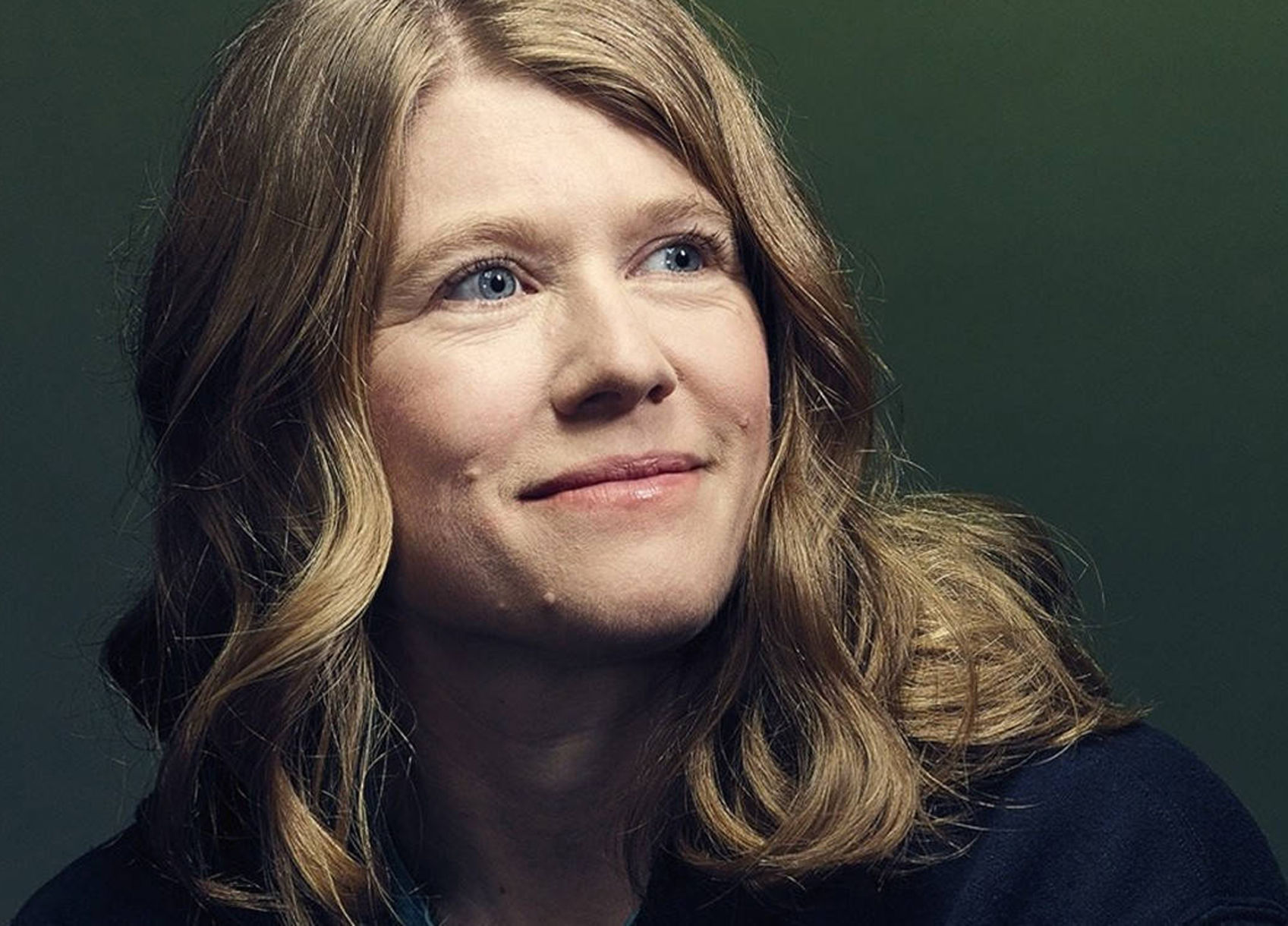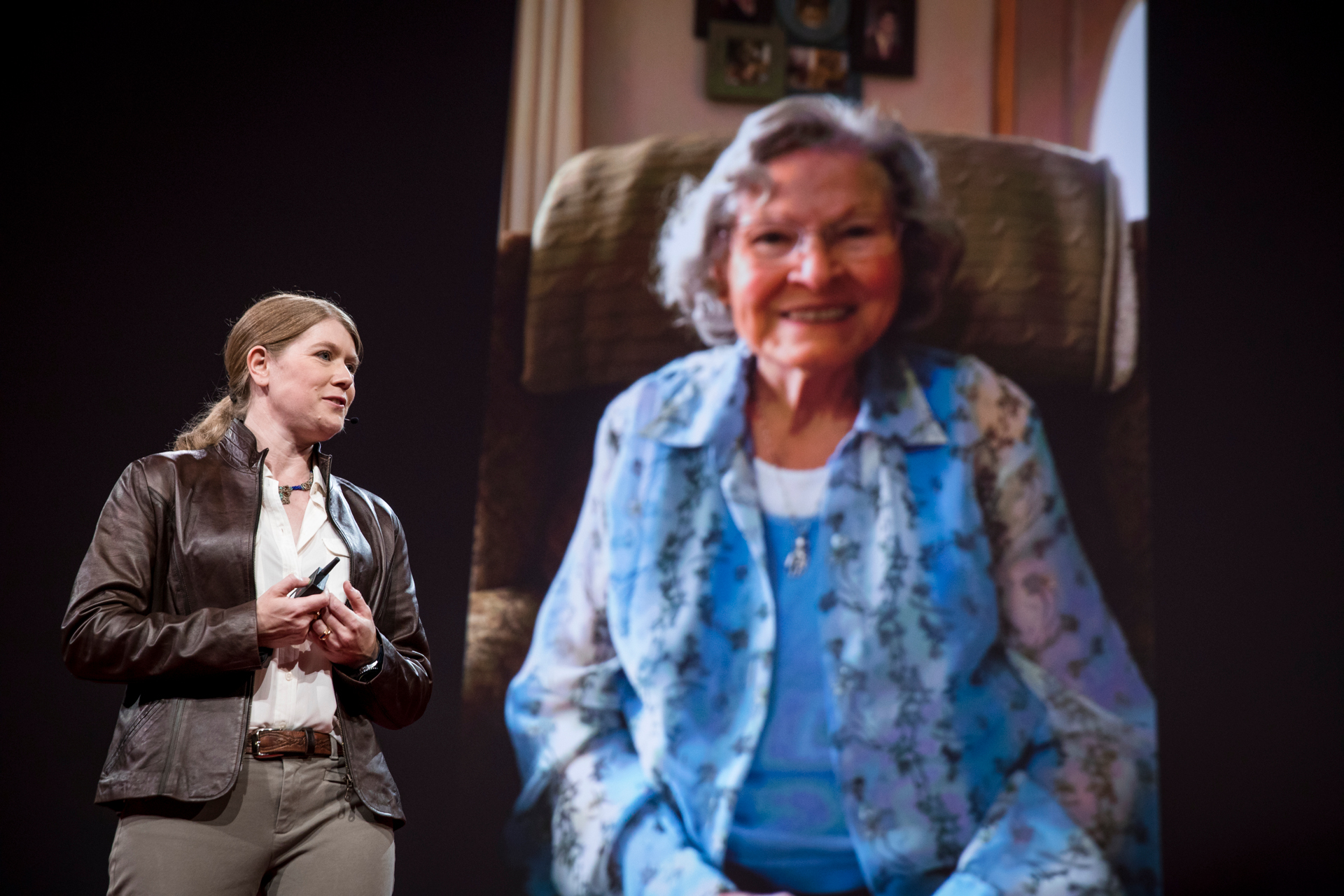

“All of these secrets are in the ground waiting for us to find them. The space archaeologist takes the satellite images and processes them to identify subtle anomalies on the earth’s surface. The infrared light used by the satellites has longer wavelengths than visible light and thus can penetrate the earth’s surface. The high-resolution satellites, with infrared and thermal capabilities, sit in orbit almost 500 kilometers above the Earth and can precisely pinpoint objects on terra firm less than a meter in diameter. Read: In search of a real, female Indiana Jones “When people initially think of the term ‘space archaeologist’ they think ‘oh it’s someone who uses satellites to look for alien settlements on Mars or in outer space’ but the opposite is true – we’re actually looking for evidence of past human life on planet earth,” she says. I am committed to using this Prize to engage the world in finding and protecting these global sites,” says Parcak in a statement released by TED. I’ve spent a lot of time, as have many of my colleagues, looking at the destruction. “The last four and half years have been horrific for archaeology.

And this is how she hopes to use her prize money. Parcak has spent the last several years working in the Middle East to not only uncover lost sites but also help monitor areas from looting and destruction.

Sarah Parcak, Egyptologist and anthropology professor Courtesy Sarah Parcak


 0 kommentar(er)
0 kommentar(er)
